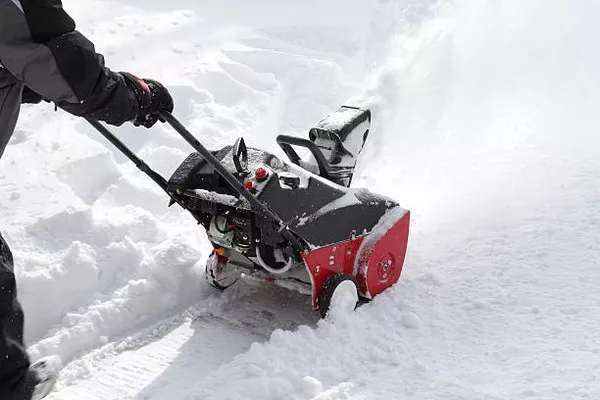The changing seasons bring with them the beauty of falling leaves, but they also bring the inevitable task of cleaning them up. If you’re tired of the back-breaking work of raking leaves by hand, it might be time to invest in a leaf blower. However, with a wide array of options available in the market, choosing the right leaf blower can be a daunting task. In this article, we will guide you through the process of selecting the perfect leaf blower to meet your specific needs.
Understanding Your Needs
Before diving into the technical details of leaf blowers, it’s essential to assess your individual needs. Consider the size of your property, the types of debris you’ll be dealing with, and your physical capabilities. By understanding your requirements, you can narrow down your options and make a more informed decision.
Types of Leaf Blowers
Leaf blowers come in three main types: handheld, backpack, and walk-behind. Each type has its own set of advantages and limitations.
Handheld Leaf Blowers: These are the most compact and lightweight leaf blowers, making them suitable for small yards and light-duty tasks. They are easy to maneuver but may require more effort for extended use.
Backpack Leaf Blowers: Backpack leaf blowers are designed for larger properties and more demanding tasks. They are worn on the back, distributing the weight evenly and reducing strain on your arms and shoulders. This type offers more power and longer run times.
Walk-Behind Leaf Blowers: Walk-behind leaf blowers are the heavy-duty option for large areas, such as commercial properties or extensive estates. They are equipped with wheels and a powerful engine, allowing you to cover large areas efficiently.
Power Sources
Leaf blowers can be powered by gasoline, electricity, or batteries. Each power source has its own set of pros and cons.
Gasoline-Powered Leaf Blowers: Gasoline leaf blowers are known for their high power and extended run times. They are ideal for large properties and heavy debris. However, they are noisier, emit emissions, and require regular maintenance.
Electric Leaf Blowers: Electric leaf blowers come in corded and cordless (battery-powered) variants. Corded electric blowers are quieter and emit no emissions but are limited by the length of the cord. Cordless electric blowers are more portable and environmentally friendly but may have shorter run times.
Airflow and Velocity
Airflow and velocity are critical factors that determine a leaf blower’s performance. Higher airflow (measured in cubic feet per minute, or CFM) and velocity (measured in miles per hour, or MPH) generally result in better blowing capabilities.
CFM: A higher CFM indicates a greater volume of air moved by the blower. This is essential for moving large piles of leaves and debris efficiently.
MPH: Higher MPH values signify greater airspeed, which is crucial for dislodging wet, heavy leaves and debris.
Consider your specific needs when evaluating airflow and velocity. For light-duty tasks, lower values may suffice, while heavy-duty tasks require more power.
Noise Levels
Noise levels can be a significant concern, especially if you have close neighbors or if you’re concerned about disturbing the peace in your environment. Gasoline-powered leaf blowers tend to be noisier compared to their electric counterparts. Check the manufacturer’s specifications for the noise rating, measured in decibels (dB), and opt for a model that meets your noise tolerance.
Weight and Ergonomics
The weight of the leaf blower and its ergonomic design can impact your comfort during use. Consider the blower’s weight and how well it fits your body when choosing between handheld and backpack models. Comfortable handles and harnesses can also make a significant difference in reducing user fatigue during extended use.
Maintenance and Durability
Regular maintenance is essential to keep your leaf blower in good working condition. Gasoline-powered blowers may require more upkeep, including oil changes and air filter replacements. Electric blowers typically have fewer maintenance requirements. Consider the availability of replacement parts and warranty coverage when evaluating a leaf blower’s durability.
Price and Budget
Leaf blowers come in a wide price range, from budget-friendly options to high-end models. It’s crucial to establish a budget before you start shopping and be prepared to balance your needs with your financial constraints. Keep in mind that while budget models may be more affordable upfront, they may not offer the performance or durability of higher-priced models.
Conclusion
Choosing the right leaf blower involves a careful consideration of your specific needs and preferences. By evaluating factors such as the type of blower, power source, airflow, noise levels, weight, maintenance requirements, and budget, you can make an informed decision that will help you efficiently tackle leaf and debris cleanup on your property. Remember that investing in a high-quality leaf blower that meets your needs can make this seasonal chore much more manageable and less time-consuming, allowing you to enjoy your outdoor spaces to the fullest.

